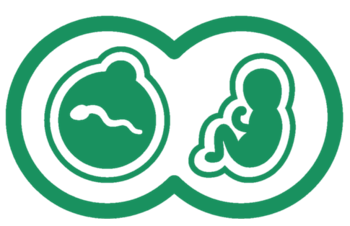In vitro embryo development
The embryo develops in vitro (in the laboratory) from fertilization for 5-7 days.
IVF works by generating as many embryos as possible and then selecting those that have the best chance to result in pregnancy. The extension of embryo culture in vitro is one of those tools. It does not improve or help embryo development in any way but simply allows some embryos to emerge as the most viable. Today, an attempted embryo culture to day 5 is a standard of care. During this time many embryos will become arrested. Although it is often mentioned that embryo development is most likely to become arrested on day 3 (when allegedly the development program switches from maternal mRNA to embryonic DNA), embryos may stop development at any time after fertilization.
Common reasons for failure to develop (arrested development):
- Intrinsicly poor quality of the eggs
- Suboptimal ovarian stimulation
- Embryo intolerance to in vitro culture
- Undefinable problems with the sperm quality
Clearly, each reason above has an even deeper underlying cause, which is discussed in part in 0ther linked sections of this site.
Here we will only touch on #3 Embryo intolerance to in vitro culture. The majority of professionals believe that if an embryo became arrested in vitro, it would do the same in vivo. However, there are no well-designed studies that would conclusively prove this. Furthermore, anecdotally many insiders (myself including) know that some patients who do not have good quality blastocysts (or even d0 not have any embryos developing to day 5 or 6) become pregnant and deliver if their embryos are transferred on days 3, 2, or even one (zygotes).
In the past, there was a notion that the best timing for embryo transfer into the uterus is day 5 because this is when blastocysts reach the uterus during a natural conception. It was believed that since each area of the female reproductive tract has a slightly different chemical composition, early-stage embryos will do well in the uterus. In order to replicate natural conditions, so-called multi-stage embryo culture media were developed. However, after a few years of practice, it became apparent that one stage medium is sufficient. This is supported by clinical experience that any stage embryo, including a zygote, can be safely transferred into the uterus and successfully implant.
Since earlier transfer rescues some embryos, we should ask what traits are selected by extended culture? Do we eliminate a potential intellectual or a football player? No one knows this yet.
